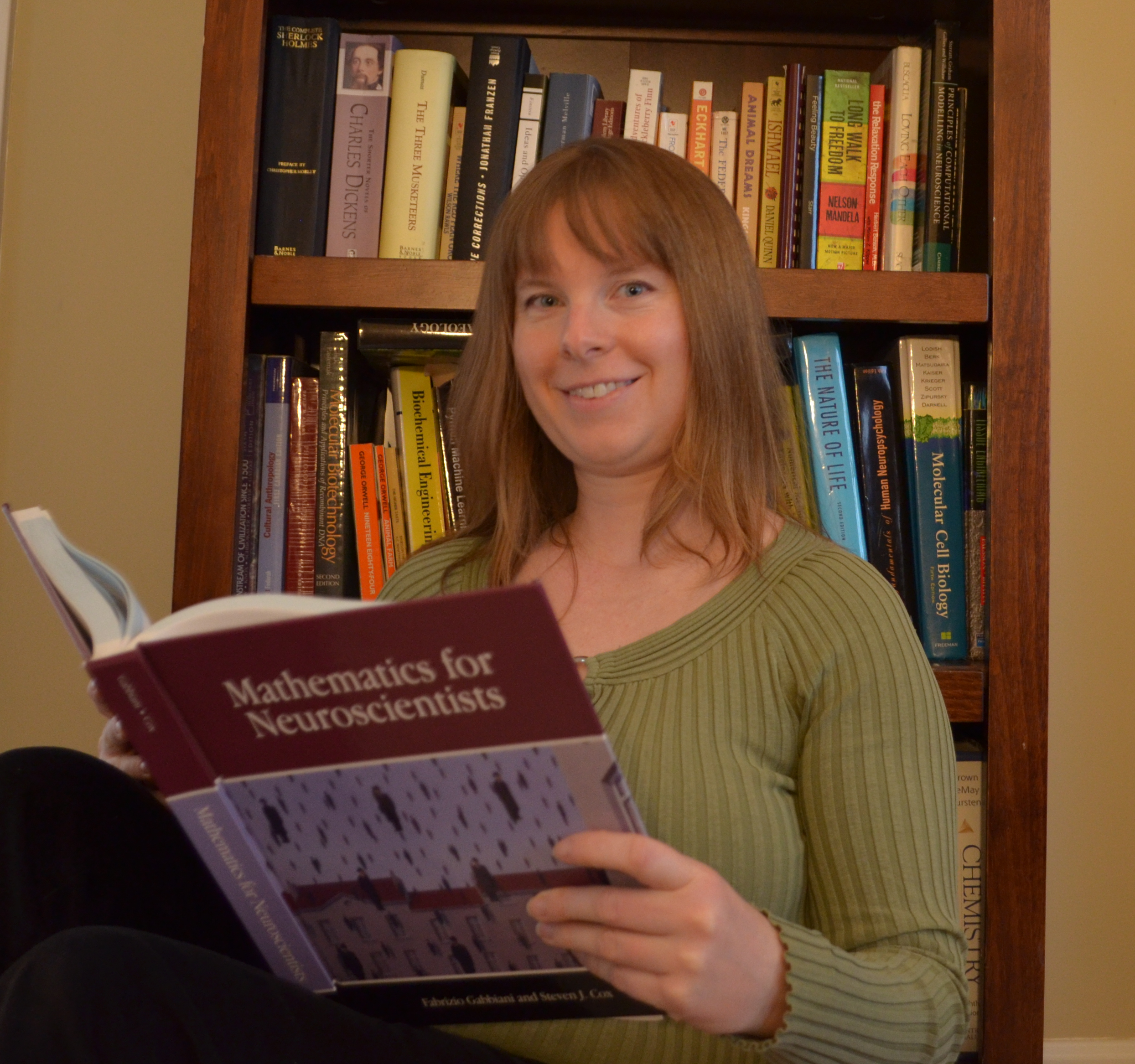Often times in academia, there is a tendency to branch out on more and more tangents. This can be a good thing, in terms of intellectual freedom, boundless creativity, fresh material for the continual grant application. However, it also seems to be a way of escaping accountability, of rendering academic research one giant project in busywork.
What is the purpose of research if not to apply it (eventually)? Sometimes it is just fun to be curious and learn something that may someday be useful or is perhaps just interesting or fun to observe. But there are also many fields in which aimlessness is celebrated or encouraged. That is one of the beautiful parts of science, which can also allow for exciting discoveries to be made that later turn out to have highly significant effects. There are also fields in which abstraction or unapplicable revelations can stand on their own and are celebrated or mined for value: mathematics, philosophy, other arts and humanities are just as capable of producing this type of academic output.
If we get rather granular about the output of our field of research, the beauty and futility of it can become apparent and even coexist together. I had such an experience while working on my PhD project, a detailed computer model of a small part of the brain involved with memory. I wanted to base my model on the biology of the network as best I could. There were quite a few articles already published by anatomists, detailing the intricate studies done to count the numbers and types of neurons (brain cells) in that part of the brain. Those same scientists had also done meticulous work dying brain cells and characterizing their exact shape, size, and numbers of contacts with nearby cells. After sorting through all this published experimental data, which had taken years and years of work by dozens or hundreds of (mostly Hungarian) anatomists, I had a thought: what are we actually doing with this data? I wanted to use it to build a biologically realistic computer model, but might someone else want to use the data as well?
And if someone else wanted the data too, might it be worthwhile to somehow collate the data into a usable format that incorporates as much similar data as possible into a single product that can be used for reference?
I ended up doing just that, in a project that I now refer to as the quantitative assessment. This project then was able to form the basis for my larger research product, the detailed model and its resulting simulations. However, I also like the quantitative assessment on its own. I like how it makes use of the published literature, how it highlights and makes accessible a large body of mildly neglected facts that were gathered over years and years.
Much of the work in the published literature seems to lie around untouched, gathering dust, so I am always excited to hear about applications, databases, large review-type projects, and other methods to integrate or apply published data. Without such initiatives, we risk turning academia and especially science into a closed-loop system that is inaccessible to the broader public and to human-relevant progress and clinical applications.
With those concerns in mind, I was excited to stumble across a relatively new initiative by the NIH (National Institutes of Health) that seeks to make use of the large body of published literature in the service of human health. The NIH’s Computational Psychiatry research funding initiative respects the significant amount of data available about psychiatric conditions and treatments, and it encourages scientists to apply algorithms to those information resources to multiple or exponentially increase their diagnostic and clinical value. It’s an example of a novel emphasis on existing literature that has a direct benefit to humankind in a relatively short time frame. In short, it’s an effective way of capitalizing on a large body of work already done, a smaller extra investment of time that can amplify the impact of the time already spent building the literature foundation for psychiatric conditions and treatments.
Our understanding of psychiatric conditions has become more sophisticated and respectful of the whole person, with the advent of concepts such as formulation (instead of diagnosis) and the greater appreciation for contribution of a person’s life experience to the state of their brain and mind. The new emphasis on computational psychiatry complements this growing interest while also harnessing the power of our expanding computational infrastructure.











